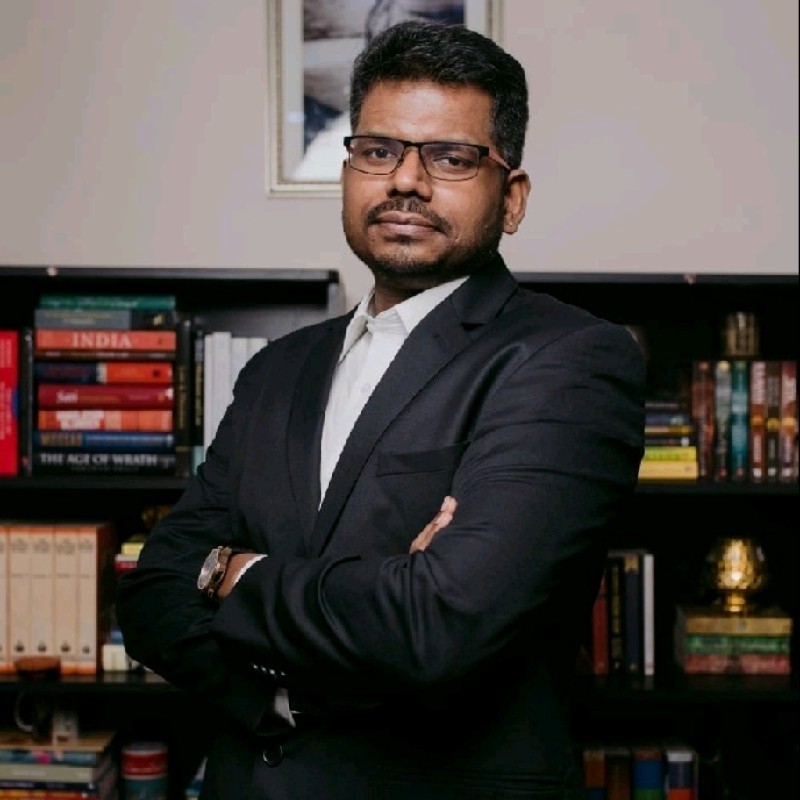India’s complexity is a perennial source of inspiration for commentary, columns and books.
Shrayana Bhattacharya, a World Bank economist, joins the list of authors who have tried to explain India with their books.
The book is about contemporary Indian women.
Ms. Bhattacharya, who trained in development economics at Delhi and Harvard university, uses her years of experience in primary research, to bring us her own, and stories of women from a cross-section of society.
The cornerstone of these stories is Shah Rukh Khan, one of India’s most famous movie stars.
In a career spanning over three decades, Mr. Khan has built, through his cinema and his off-screen presence, an image of an ‘industry outsider’ who dominates the Hindi film industry with the dint of his hard work and sincerity.
His choice of unconventional roles for a leading man, in the early part of his career, and his off-screen image of a loving husband and family man stand him apart.
This is in contrast with the usual tropes of a male Hindi movies star , the good guy who charms his way to audiences’ heart on screen and whose umpteen romantic dalliances they read in the press.
Khan’s popularity, in the Hindi heartland and amongst the diaspora, is the string Bhattacharya uses to stich tales of gender disparity and loneliness.
We get a ringside view, Bhattacharya takes us through her own and lives of five other women, as they struggle with lack of income opportunities, denial of agency and grapple with every day challenges of living in India, exaggerated by their gender.
What holds these women together is their love for Khan’s cinema and in turn Khan himself.
When they need joy, inspiration in their lives and an escape from every day struggles, the women seek Khan’s onscreen roles and his offscreen persona.
The pictures that Bhattacharya paints, are colored by facts.
The protagonists of her stories come alive, unlike in Khan’s movies, as she vividly explains their lives with a sharp eye for detail.
When giving context to their struggles, she backs her submissions with reams of hard data.
Annexures include a table that captures share of dialogues for women in some of Khan’s movies.
She gives the women who shared their stories and their unbound love for Khan with her, their own voice.
The writing is not rhetorical flourishes with clichés thrown in. That bane of most commentary on India. The book engages.
Even for those who live in India and see the every day reality, the book is thought provoking. The passage where she describes the transactional nature of relationships is worth a chapter of its own.
Where the book misses out is on exploring the other impact of Khan’s filmography.
Barring notable exceptions, Khan’s work since his seminal hit Dilwale Dulhaniya Le Jayenge, has comprised of Yash Raj school of saccharin cinema.
Movies where characters are super rich, beautiful with ‘love’ as the only thing missing in their lives.
It’s the kind of cinema that’s as far from the everyday India as cinema can get.
Khan and his cinema have done their bit in building the hegemony of ‘How much money do I make? How do I look?’ lifestyle.
The characters in her book struggle with these questions too.
Khan’s role in shaping a consumerist, trying to ‘fit in’/ ‘cool’ individual persona is left unexplored.
I found Khan’s portrayal as an all-India star an over-played hand. Khan’s as much a pan India phenomenon as Dal Makhani, the ubiquitous North Indian delicacy, is a pan India delight. The cinema crazy south Indian states have temples of their movie stars and Khan is not in one of them.
As she writes on the state of affairs, Bhattacharya skips the raging phenomenon sweeping urban India. The Dating app. Where the society has failed markets have stepped in. Technology is helping even the scales for women. The progress is slow and it does not include the majority but it’s a start.
India is a large complex place with everyday challenges being met head on by a young and an energetic populace.
Bhattacharay’s book captures some of these challenges and the forces taking them on, impeccably.
Anybody trying to get a sense of the churn going through India and its society will be well served by this book.
One hopes her fellow commentators will be inspired by her lucid writing and her love for data.




